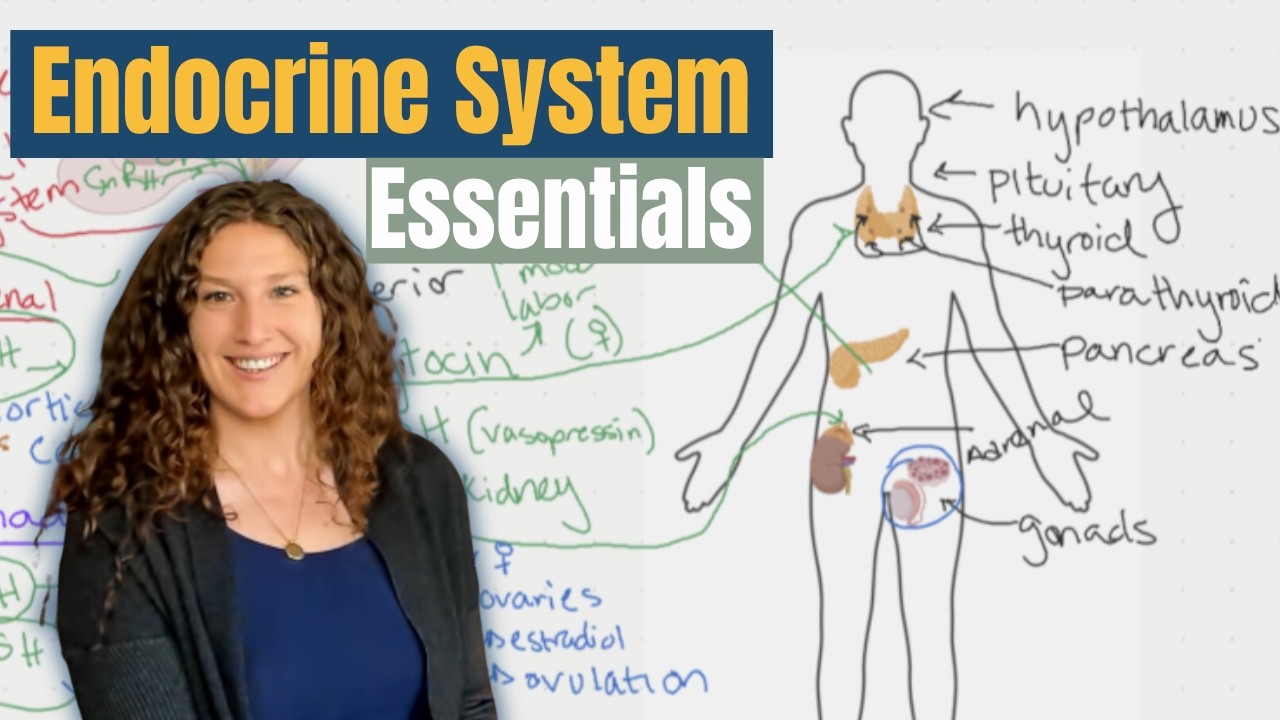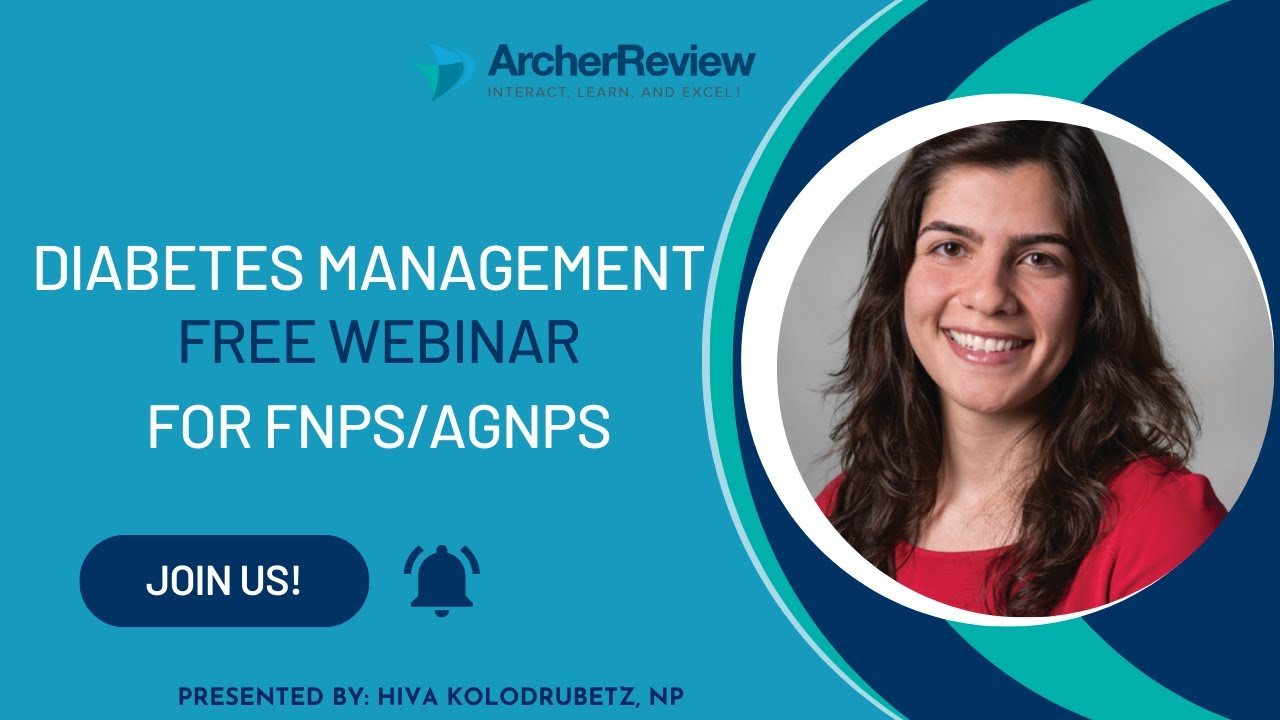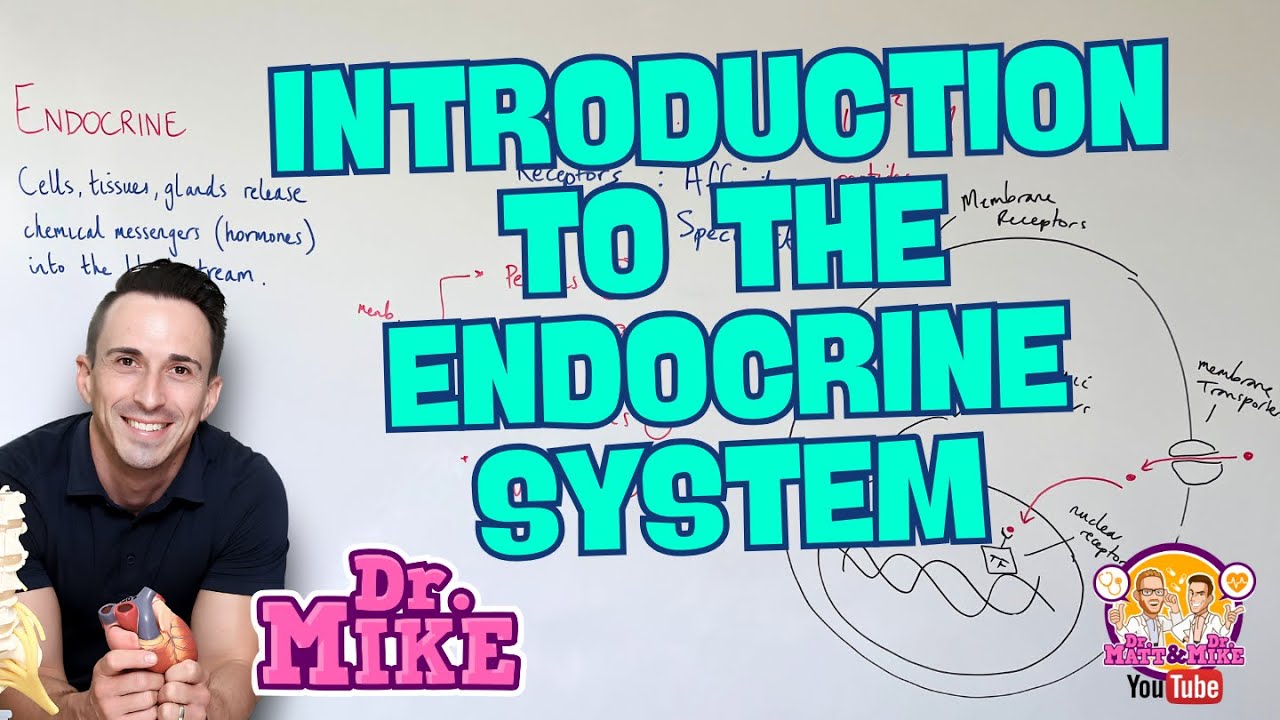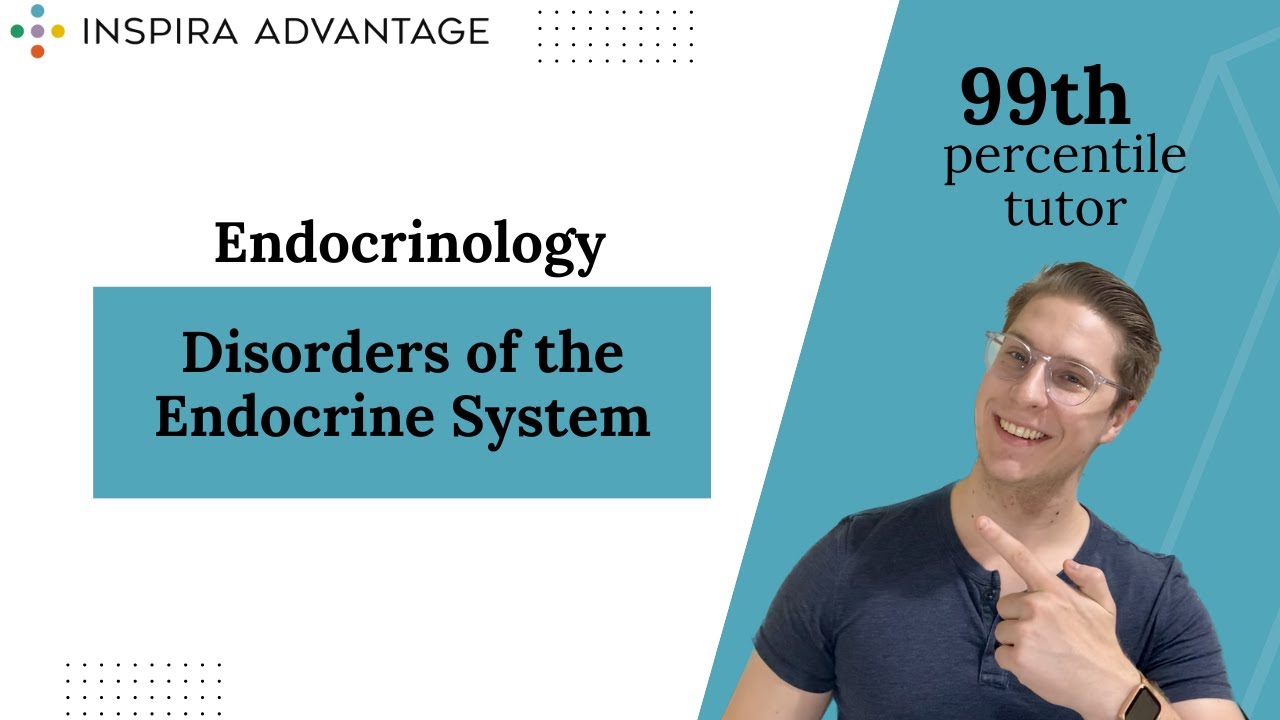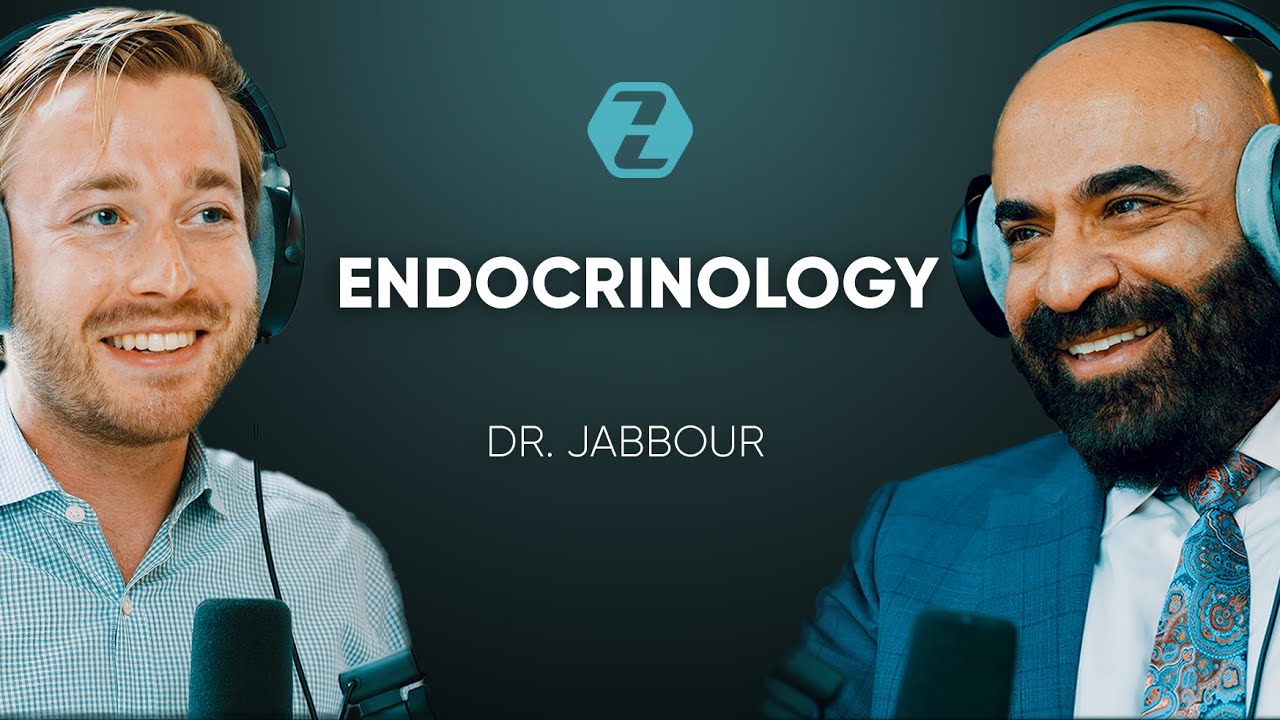The Endocrinology Channel
NEW YORK (Reuters Health) – Cabergoline in combination with low-dose pegvisomant is effective in treating patients with active acromegaly, researchers from UK report in the January 25th online issue of The Journal of Clinical Endocrinology & Metabolism.
The growth hormone receptor antagonist pegvisomant has been successful alone and in combination with somatostatin analogs to reduce the elevated IGF-I levels associated with acromegaly, but it is expensive. The dopamine agonist cabergoline has been shown in a few studies to reduce IGF-I levels, but it is not licensed for use in acromegaly.
Dr. C. E. Higham from Christie Hospital, Manchester, UK and colleagues investigated the efficacy of combined low-dose pegvisomant and cabergoline in 24 patients with active acromegaly. Nineteen patients completed the study.
The study design included an initial 18-week cabergoline dose titration phase, a 12-week phase during which they received 10 mg/d pegvisomant in addition to their ongoing cabergoline treatment, and a 12-week final period during which they received pegvisomant monotherapy at 10 mg/d.
There was no significant reduction in IGF-I during the cabergoline dose titration phase. Adding pegvisomant resulted in a significant decline in IGF-I (from 389 ng/mL to 229 ng/mL, P<0.001), and withdrawal of cabergoline led to significant increases in IGF-I levels (to 305 ng/mL, P=0.002).
Two patients (11%) achieved an IGF-I within the reference range on cabergoline alone, compared with 13 patients (68%) on the combination of cabergoline and low-dose pegvisomant and 5 patients (26%) maintained that after cabergoline was discontinued.
Growth hormone (GH) levels did not change significantly with cabergoline monotherapy or combination therapy, but discontinuation of cabergoline was associated with rebound of GH levels above baseline values.
None of the regimens significantly altered the glucose or lipid profile, and quality of life did not differ across the treatment regimens.
“The combination of pegvisomant and cabergoline may allow the use of lower doses of pegvisomant, potentially cutting treatment cost,” the researchers say.
“In comparison with the coadministration of pegvisomant with somatostatin analogs, the combination described here has several advantages: cabergoline is well-tolerated, orally administered, and less expensive than somatostatin analogs,” the investigators explain. “Both cabergoline and pegvisomant have the potential to be given on a twice or once weekly basis.”
Acromegaly affects between 35 and 130 adults per million population and is equally distributed between men and women.
The study was supported by Pfizer, which provided study drug and support toward the cost for the study. Two of the 10 authors previously received honoraria and travel support from, spoke on behalf of, and served on advisory boards for Pfizer.
Source(s):
Effective Combination Treatment with Cabergoline and Low-Dose Pegvisomant in Active Acromegaly: A Prospective Clinical Trial
The Journal of Clinical Endocrinology & Metabolism, 25 January 2012

